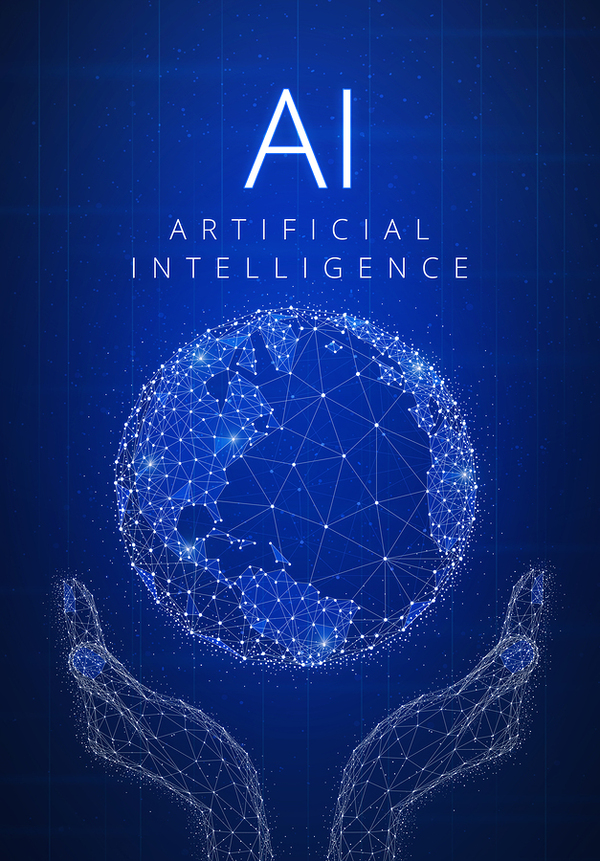View Sale Announcement Detail


Archived news
Excerpt:
Will artificial intelligence cause net job loss in the banking industry, or net job gain? Right now, observers can be found who predict both. It appears that lower level jobs might be lost, but positions giving investment and similar advice might grow. It’s probably most prudent to view AI as part of banking’s evolution of innovation, which has increased service to customers and created new jobs.
Post
Right now, banks and other lenders use artificial intelligence (AI) primarily for one-off, fairly low-level projects that relieve human employees of drudgery, according to American Banker. First National Bank of Wynne in Arkansas, for example, suffered a data breach and used AI to reissue debit cards as a safeguard. It also deploys AI to help with acquisitions, which has lowered conversion costs 70%.
 AI is expected to move into banking more and more in the future.
AI is expected to move into banking more and more in the future.
Yet an increasing consensus believes that AI will be coming strongly in the doors of banks and lenders. Some data indicate related job loss could be steep. American Banker cites data firm Autonomous Research, for example, as saying that 1.2 million people in the sector could be replaced by AI by 2030. By far the largest group affected would be tellers, with loan officers running a distant second.
Net Creation of Jobs?
But many industry observers also expect AI to create jobs.
Accenture data, for instance, forecasts that companies making prudent use of AI can grow their revenues more than one-third by 2022, and can add 14% more jobs overall in the period.
Revenue could swell via AI-generated methods, such as streamlined advice on saving or investing, somewhat analogous to the way Netflix suggests a new video stream.
 AI is likely just the next step in banking innovation, after digital and mobile choices.
AI is likely just the next step in banking innovation, after digital and mobile choices.
The Next Chapter of Innovation
Rather than looking at AI as either a killer or a savior, it’s probably wiser to view it as simply the next chapter in banking’s evolution of innovation. Banks once worked solely via physical contact in a bricks-and-mortar location. Then they moved online, first to personal computers and then to mobile phones.
Many banks are capitalizing on their existing innovations in digital and mobile methods as they move into AI. They are working to optimize the customer experience and avoid using AI in ways that make customers respond negatively.
USAA, for example, which focuses financial services to the military, has long been in the forefront of digital and mobile banking because they allow customers deployed to far-flung places to have continual access. It has a series of pilot projects planned and has opened them digitally to its customers for feedback.
Bank of America, a leader in digital banking, plans to grow its voice-activated technology to follow in digital’s footsteps. Voice activation is a subset of AI.
Even business banking in the United Kingdom is gradually progressing to the brave new world. Currently, 88% of business banking is handled by the big players such as Barclay’s and Santander. But online banking is steadily moving in, so the market share of the big in-person banks may be subject to erosion going forward.
When a Loan Sale Advisor Can Help
No matter what choice or blend among physical banking, digital banking, and AI-influenced banking a lender makes, the important thing is wise loan portfolio choices. Banks with that will be fine. Banks without it won’t be.
Experienced loan sale advisors such as Garnet Capital have ever-increasing analytics to help people make wise portfolio choices. Register for our online portfolio auction system today.
Garnet Capital Advisors 500
Mamaroneck Avenue, Harrison, NY 10528
(914) 909-1000
info@garnetcapital.comGarnet Capital Advisors 500
Mamaroneck Avenue, Harrison,
NY 10528
(914) 909-1000